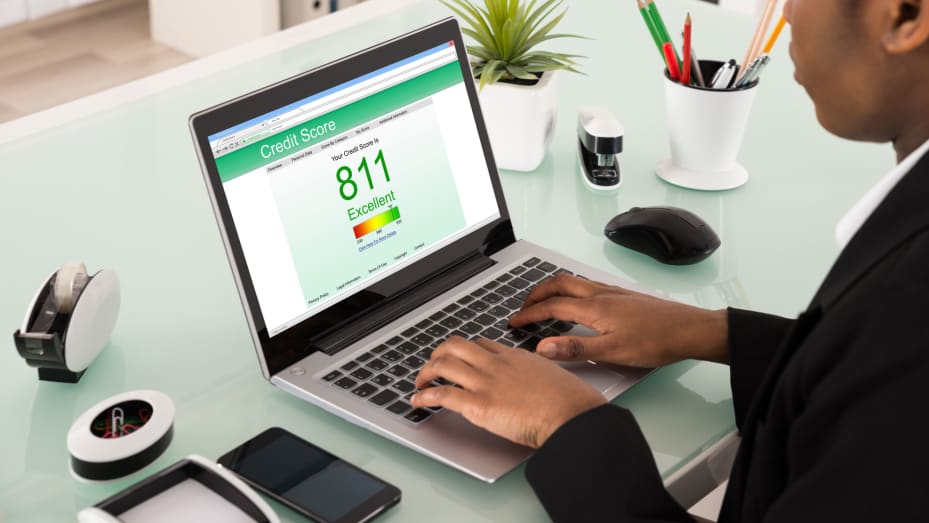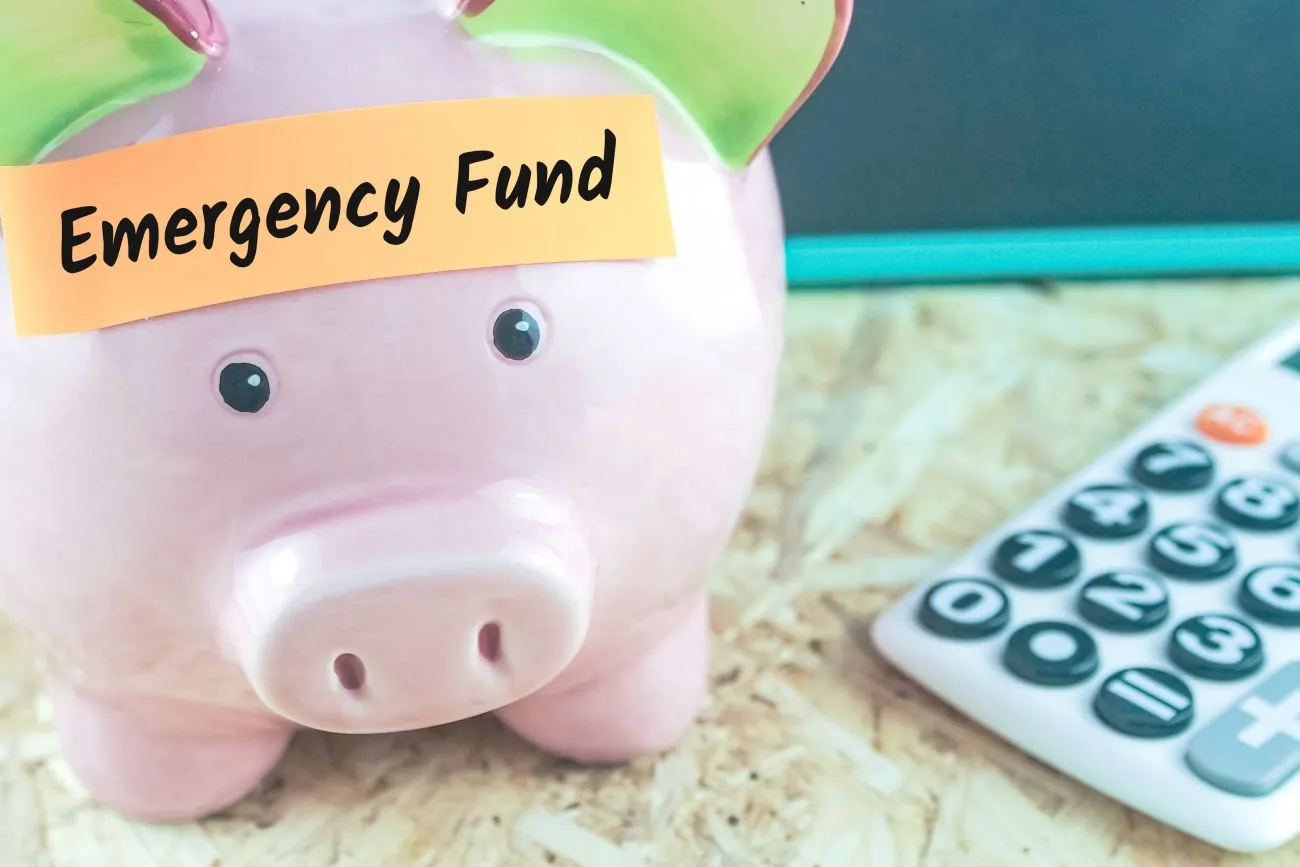Emergencies tend to strike you when you are not prepared for them at all. This is the fact that everybody knows, yet you reckon without unforeseen expenses. Savings are a must to fall back on when you are caught off guard by unforeseen expenses.
Financial experts often emphasise stashing away money but do not recommend how much money you should keep in your emergency corpus. You may find some advisors suggesting having enough money to cover your living expenses for a period of time, say, three or six months.
Being able to stash away that figure is not a cinch because, first of all, you must consistently decide how much you need to allocate to these funds every month. By the time you are able to get it done, your emergency funds have already been withdrawn due to some unexpected expenses.
Emergency corpus is nothing but a sum of money you will set aside and dip into only when an emergency occurs. It is a kind of safety net that you can use when your monthly budget does not have room to meet unforeseen expenses.
Many people try to create an emergency cushion, but they fail to put in enough money. When an emergency occurs, they find their savings are too short to help them tide over.
What are the factors to consider when deciding the size of your emergency cushion?
Just saying that an emergency cushion must have the potential to cover the living cost of at least three months is not enough. This is a vague expression. A lot of factors are out there that will affect your contribution, from how much you earn to how much debt you have to pay off.
Just picking a random figure, say, £1,000 for your emergency cushion will not help you sleep tight. The fact is that there is no single answer to this question. You will have to consider a number of factors so you get to the right amount.
- The consequences of the financial crisis
Job loss is the perfect time to turn to your emergency savings to get by. Some are lucky that they can move back in with their parents, but there are people who do not have that kind of support. Challenges double when you are a family of three or four. When the risk is high, you will have to save more money. How much you should set aside every month depends on your financial condition.
- The interest rates on your debt
If you are to tackle with your debts like credit card bills and cash loans for young people, you will have to get rid of them as soon as possible. This is because they carry high-interest rates. The more you delay, the more money you will pay on interest. Of course, in this situation, you will have to reduce your contribution to your emergency savings.
However, the situation will not be worse if you carry long-term loans with a fixed lower monthly instalment. For instance, you do not make the full payment if you have a car or a personal loan. This will allow you to set a fixed and probably a larger sum to contribute to your emergency cushion.
- The risk of your job loss
No jobs are secure, but there are jobs where chances for redundancy are too high. You will have to assess your situation. If the risk of losing a job is very high, you will have to create a bigger emergency cushion. If the risk of job loss is not so high, you can manage with little contribution to your emergency savings.
- Your income sources
Your income plays a significant factor when it comes to deciding how much you will be able to lay aside for your emergency expenses. If you have multiple sources of income and do not have a bigger family, you can easily stow away a more significant sum every month despite paying off debts.
If your significant other is also earning, it will be more comfortable for you to have a sound emergency cushion. If you have a side gig that lets you make quite handsome money along with your full-time job, you can efficiently utilise that money for your emergency savings.
Tips for building an emergency cushion
If you want to build an emergency cushion, you must be consistent with setting aside money. Here are the ways you can use to build an emergency cushion:
- Create a budget
Knowing how much you earn and spend every month is a must before deciding how much you will be able to stash away money for unforeseen expenses. Use a budgeting app to do so. With the help of an app, you can cut back on overspending and put that money into your emergency cushion. Budgeting can also help track your progress.
- Open a savings accounts
Do not keep your savings idle at your home because otherwise, you end up dipping into them for your regular expenses. Further, this will lose its present value. Therefore, you should try to open a high-yield savings account. You can also invest some of this money in safer investments like fixed deposits.
- Use an auto debit feature
You should try to link your savings account to your pay account and use an auto-debit feature. On a fixed date you choose, the money will be automatically pulled from your pay account. This will prevent you from using those funds on yourself. Your emergency savings should be the priority.
The final word:
An emergency cushion can prevent you from excessively relying on private loans. However, there are still chances that you may need to take out loans for fair credit score, but with savings you will not need to borrow a larger sum that means you will not need to pay a lot of interest.






